Optimal Timing for Solar System Repairs
Scheduling solar system repairs at optimal times can enhance efficiency and longevity. The best periods are typically during mild weather conditions, avoiding extreme heat or cold, which can impact system performance and repair safety. Regular maintenance during spring and fall allows for inspection and repairs when sunlight exposure is stable and weather disruptions are minimal.
Spring and fall are ideal for solar system repairs due to moderate weather and consistent sunlight.
Avoid repairs during winter and peak summer months to prevent weather-related delays and safety issues.
Regular inspections, ideally twice a year, help identify issues early and plan repairs during suitable seasons.
Timely repairs during optimal seasons can improve system efficiency by up to 20%.
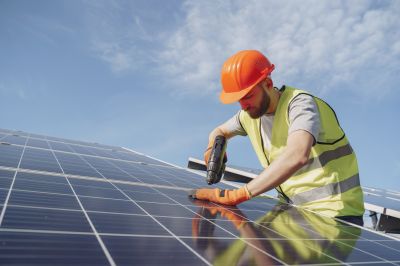
Ways to make Solar System Repairs work in tight or awkward layouts.

Popular materials for Solar System Repairs and why they hold up over time.
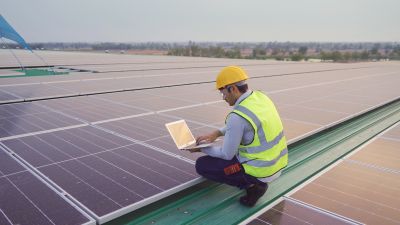
Simple add-ons that improve Solar System Repairs without blowing the budget.

High-end options that actually feel worth it for Solar System Repairs.
| Season | Advantages |
|---|---|
| Spring | Moderate weather, longer daylight hours, ideal for repairs. |
| Fall | Cool temperatures, stable weather, good for system maintenance. |
| Summer | High sunlight, but extreme heat can complicate repairs. |
| Winter | Cold weather and snow can delay repairs and reduce safety. |
| Late Spring to Early Fall | Optimal window for scheduling major repairs. |
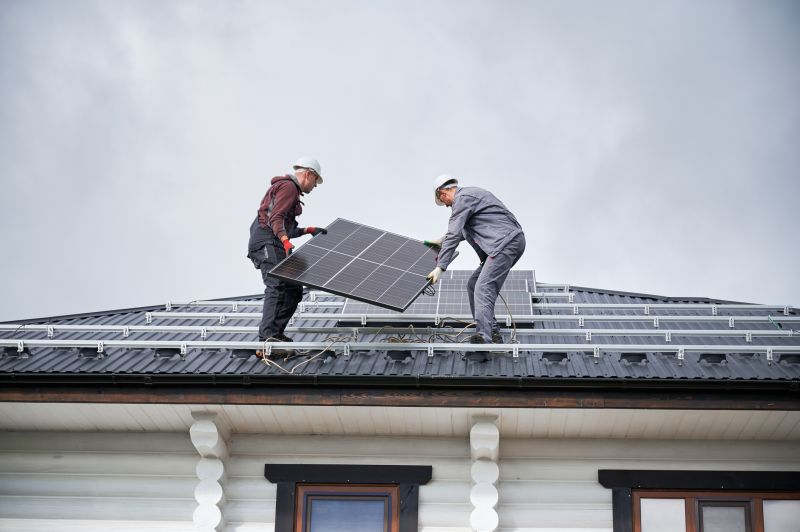
Finishes and colors that play nicely with Solar System Repairs.
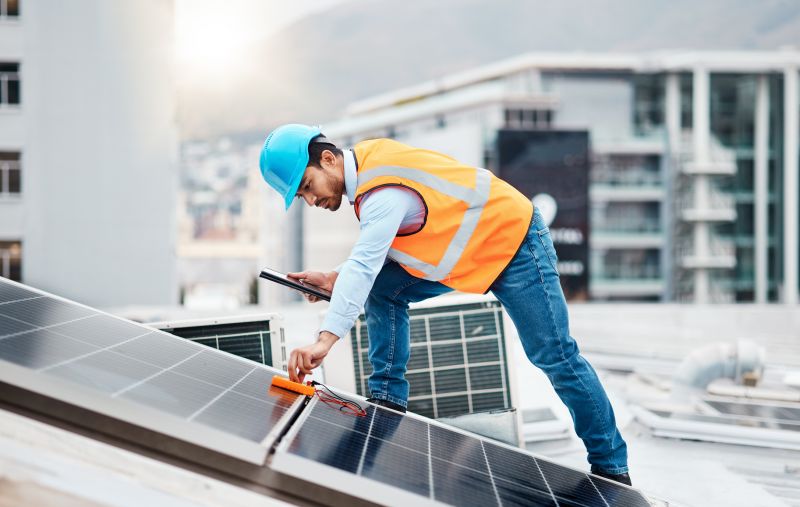
Little measurements that prevent headaches on Solar System Repairs day.
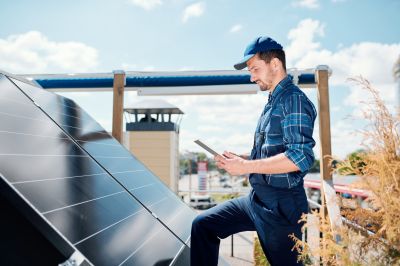
A 60-second routine that keeps Solar System Repairs looking new.
Interested in scheduling solar system repairs? Filling out the contact form can provide more information and help plan repairs during the most suitable times for system performance and longevity.
